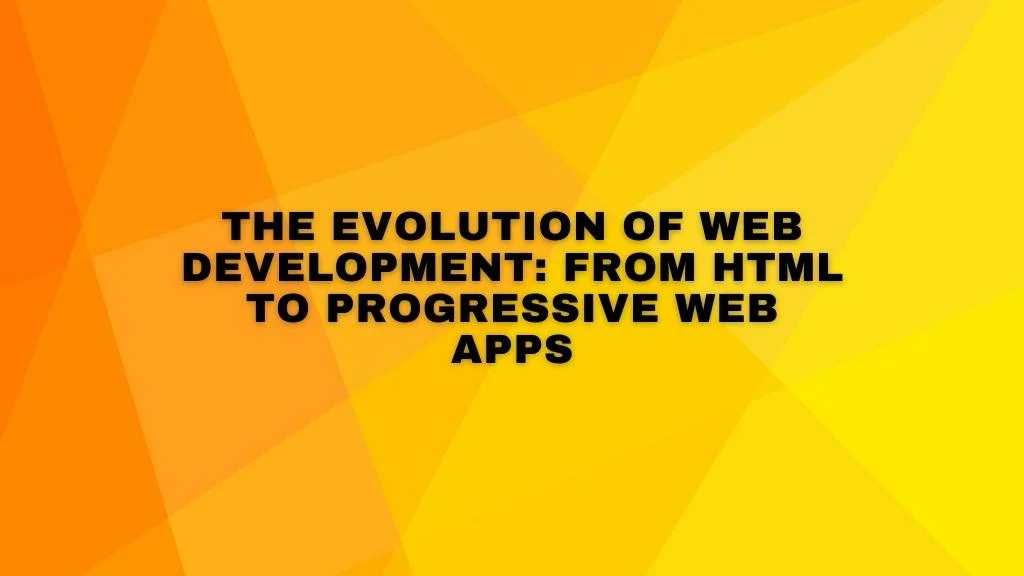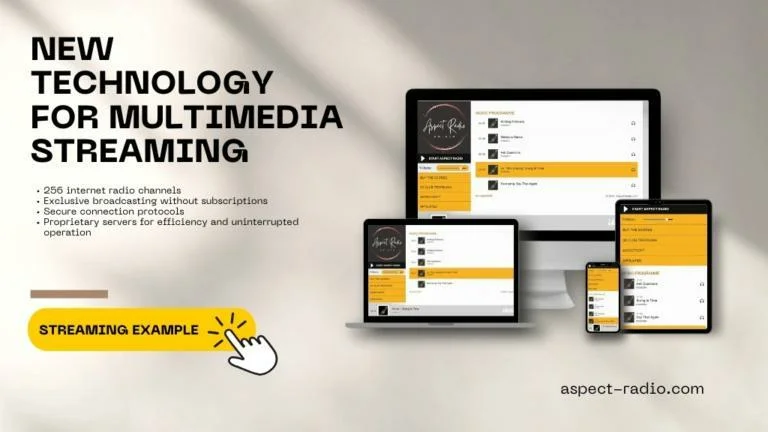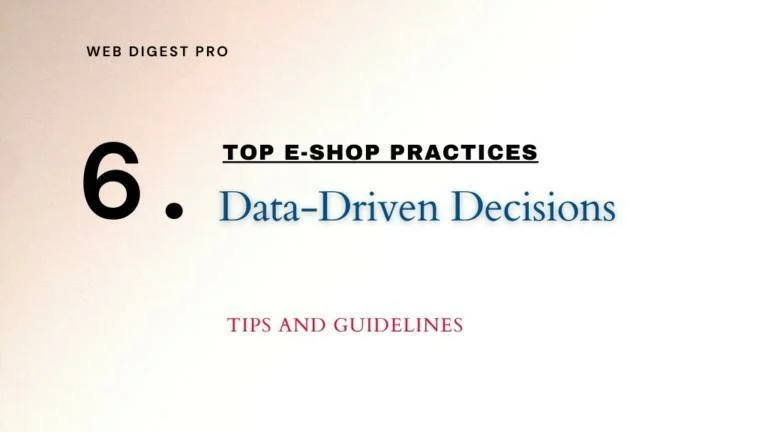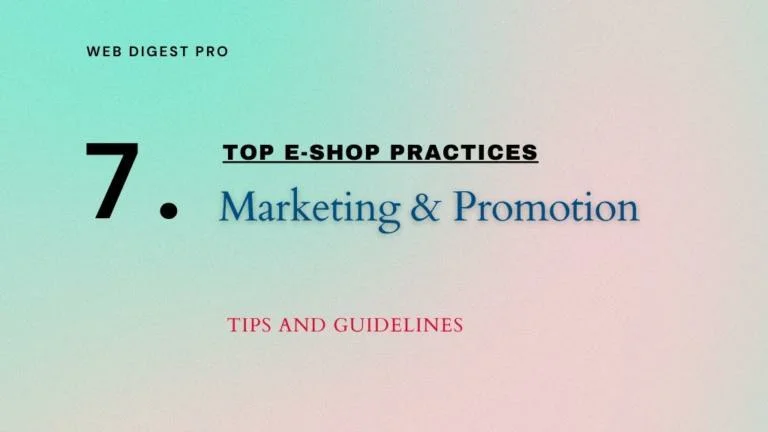Web development has seen a remarkable transformation from its inception with static HTML pages to the dynamic and sophisticated Progressive Web Apps (PWAs) of today. This evolution has been driven by technological advancements and the increasing demand for more interactive, responsive, and user-friendly web experiences. In this article, we delve into the key stages of this journey, exploring the technical milestones that have shaped modern web development.
Early Days of the Web
HTML and CSS Basics
The web began with simple, static HTML pages styled with basic CSS. HTML provided the structure, while CSS handled presentation, but these early pages were static and offered minimal interactivity.
- HTML (HyperText Markup Language): The backbone of web pages, defining the structure and content.
- CSS (Cascading Style Sheets): Allowed for the separation of content from design, enabling more complex and visually appealing web pages.
JavaScript Emergence
JavaScript revolutionized web development by introducing interactivity and dynamic content. As a client-side scripting language, it allowed developers to create more engaging user experiences.
- Dynamic Content: JavaScript enabled real-time updates to web pages without requiring a full page reload.
- Client-Side Interactivity: Enhanced user interfaces with interactive elements like forms, buttons, and menus.
The Rise of Responsive Design
Mobile-First Approach
With the proliferation of mobile devices, a mobile-first approach became essential. Developers prioritized mobile-friendly designs to ensure usability across various screen sizes.
- Responsive Web Design (RWD): Introduced by Ethan Marcotte, RWD allows web pages to adapt fluidly to different screen sizes and resolutions using flexible grids and layouts.
- CSS Media Queries: Enable the application of different styles based on device characteristics such as width, height, and orientation.
CSS Frameworks
Frameworks like Bootstrap and Foundation simplified the creation of responsive designs, offering pre-built components and grid systems.
- Bootstrap: Provides a collection of reusable CSS and JavaScript components, promoting consistency and speeding up development.
- Foundation: Known for its modular approach, allowing developers to customize components as needed.
Single Page Applications (SPAs)
What are SPAs?
SPAs load a single HTML page and dynamically update content as the user interacts, creating a smoother and faster user experience.
- Client-Side Routing: SPAs use client-side routing to manage navigation without refreshing the page, resulting in a more seamless user experience.
- AJAX (Asynchronous JavaScript and XML): Enables asynchronous data fetching, allowing for partial updates to web pages.
Popular SPA Frameworks
Frameworks like Angular, React, and Vue.js have become the backbone of SPA development due to their robust features and community support.
- Angular: A comprehensive framework maintained by Google, offering a complete solution for building SPAs with two-way data binding and dependency injection.
- React: Developed by Facebook, React is a library focused on building user interfaces with a component-based architecture and a virtual DOM for improved performance.
- Vue.js: A progressive framework that combines the best features of Angular and React, offering a flexible and easy-to-learn approach to building SPAs.
Benefits of SPAs
- Improved Performance: By minimizing full page reloads, SPAs offer faster load times and a more responsive user experience.
- Enhanced User Experience: SPAs provide a more app-like feel, with smooth transitions and immediate feedback.
Progressive Web Apps (PWAs)
Introduction to PWAs
PWAs combine the best features of web and mobile apps, offering capabilities such as offline access, push notifications, and installation on home screens.
- Service Workers: Enable background processing, caching, and offline functionality, making PWAs reliable and fast.
- Web App Manifest: A JSON file that defines the app’s metadata, such as name, icons, and start URL, allowing users to install the PWA on their devices.
Key Features of PWAs
- Reliability: PWAs load instantly and provide offline functionality, ensuring a seamless user experience even with poor network conditions.
- Performance: Leveraging caching and other performance optimizations, PWAs offer faster load times and smoother interactions.
- Engagement: Push notifications and home screen installation increase user engagement and retention.
Case Studies
- Twitter Lite: Demonstrates significant improvements in performance and engagement by adopting a PWA approach.
- Starbucks: A PWA that offers offline functionality, improving the ordering experience for users in low-connectivity areas.
Future Trends in Web Development
WebAssembly
WebAssembly (Wasm) is a binary instruction format that enables near-native performance for web applications, allowing for more complex and resource-intensive applications to run efficiently in the browser.
- Performance Boost: By compiling code written in languages like C, C++, and Rust to WebAssembly, developers can achieve significantly faster execution times compared to JavaScript.
- Broader Application Scope: Enables new use cases such as gaming, video editing, and scientific simulations in the browser.
AI and Machine Learning Integration
Integrating AI and machine learning into web applications can enhance user experience through personalized content, intelligent chatbots, and predictive analytics.
- Personalization: AI algorithms analyze user behavior to deliver personalized content and recommendations.
- Chatbots: Natural language processing (NLP) enables more human-like interactions, improving customer support and engagement.
Enhanced Security Measures
As web applications become more complex, security remains a top priority. New tools and practices are emerging to address these challenges.
- Content Security Policy (CSP): Helps prevent cross-site scripting (XSS) attacks by specifying which sources are allowed to load content on a web page.
- Subresource Integrity (SRI): Ensures that externally loaded resources (e.g., scripts) have not been tampered with, enhancing security.
References for Further Study
For those interested in diving deeper into the topics discussed, here are some recommended resources:
HTML and CSS
JavaScript
- JavaScript: The Good Parts by Douglas Crockford
- Eloquent JavaScript by Marijn Haverbeke
- MDN Web Docs – JavaScript
Responsive Web Design
- Responsive Web Design with HTML5 and CSS by Ben Frain
- A Book Apart – Responsive Web Design by Ethan Marcotte
- MDN Web Docs – Responsive Design
Single Page Applications
- Single Page Web Applications: JavaScript End-to-End by Michael S. Mikowski and Josh C. Powell
- Building Single Page Applications with ASP.NET Core: Razor Components, Blazor, and Beyond by Michele Aponte
- MDN Web Docs – AJAX
Progressive Web Apps
- Learning Progressive Web Apps by John Wargo
- Building Progressive Web Apps: Bringing the Power of Native to the Browser by Tal Ater
- Google Developers – Progressive Web Apps
WebAssembly
- Programming WebAssembly with Rust by Kevin Hoffman
- WebAssembly in Action by Gerard Gallant
- MDN Web Docs – WebAssembly
AI and Machine Learning Integration
- Hands-On Machine Learning with Scikit-Learn, Keras, and TensorFlow by Aurélien Géron
- Artificial Intelligence: A Modern Approach by Stuart Russell and Peter Norvig
- MDN Web Docs – AI and Machine Learning
Enhanced Security Measures
- Web Security for Developers by Malcolm McDonald
- The Web Application Hacker’s Handbook by Dafydd Stuttard and Marcus Pinto
- MDN Web Docs – Content Security Policy
- MDN Web Docs – Subresource Integrity
Final Thoughts
The evolution from basic HTML to Progressive Web Apps illustrates the rapid advancements in web development. Each stage has introduced new technologies and practices, enabling developers to create more dynamic, responsive, and engaging web experiences. Staying updated with these trends is crucial for developers to remain competitive and deliver cutting-edge web applications.
As we look to the future, the potential for web development seems boundless. Emerging technologies like WebAssembly, AI, and machine learning will further revolutionize how we interact with the web. Enhanced security measures will continue to protect users and their data, fostering trust and reliability in web applications.
For developers, embracing a mindset of continuous learning and adaptability will be key. Engaging with the community, participating in conferences, and contributing to open-source projects can provide valuable insights and opportunities for growth. By staying informed and proactive, developers can not only keep pace with the rapid evolution of web technologies but also shape the future of the web itself.
Stay ahead in the world of web development by subscribing to our blog for the latest updates, tips, and tutorials on emerging web technologies!
Subscribe to our newsletter!













+ There are no comments
Add yours